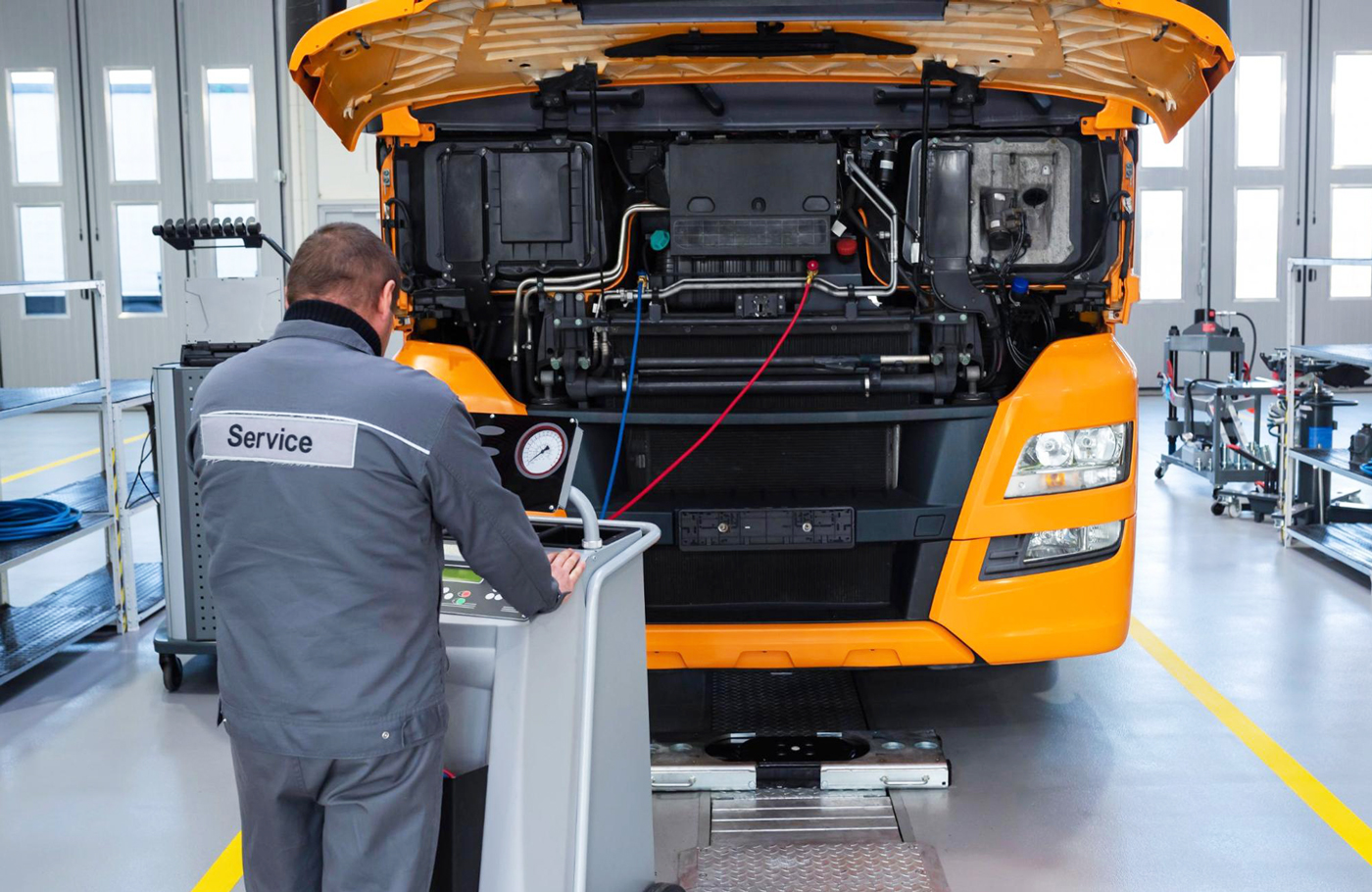Swings and roundabouts: The Maintenance pendulum (Part 2)
Swings and roundabouts: The Maintenance pendulum (Part 2)
Vehicle maintenance (VM) contracts are becoming increasingly popular within the transport industry. Last month, in the first of a three-part series, JIM WARD explained how dealers calculate and establish their vehicle maintenance rates. This month, he explains the role of the owners.
Maintenance contracts, like insurance and medical aid, share some important traits: they can limit exposure to risk, but they do require a certain level of honesty to function successfully.
The owner of a truck trusts the dealer’s commitment to maintain the vehicle for the next 850,000km at the agreed per kilometre rate, and to not skimp on labour intensive procedures that may exceed the billable hours provided by the maintenance contract. The Full Maintenance Contract (FMC) and the dealer assume that owners complete their application forms honestly. If the application states that a truck operates on flat terrain, on tarred roads, at 40% payload, no power take-off (PTO) use, no shunting, and no shift work, with a twin axle 11-m tautliner trailer carrying polystyrene cups, making two deliveries per day, then that information and the associated maintenance risks will be used to generate a rate. This will be low because the truck is employed on light duty.
If that contract is subsequently lost and the truck gets transferred, fitted with hydraulics, and put under a Copelyn tipper, hauling uphill out of a quarry 24/7 on gravel roads, with multiple drivers at maximum payload, 16-tip cycles per shift, with frequent use of differential lock and low range, then the maintenance rate for that vehicle will need adjustment. When dealers are blindsided, discovering for themselves while servicing PTO hydraulics that half the underrun bumper is missing, steps are damaged, the chassis is covered in dirt, the rear mudflaps are missing, and a heavy-duty fifth wheel has been added, they are likely to want to know why.
In terms of the agreement, the fleet maintenance contract manager or contract maintenance manager should be informed before the truck is reassigned, as they must adjust the rate to accommodate shorter service intervals, more frequent air filter replacement, shorter brake/clutch/shock absorber/mountings life, and so on. Not advising them is dishonest and a breach of the agreement. If they are informed in advance, the rate increase may not be too severe, because it happens before extra costs occur.
It’s when there has been no communication and the truck gets sent in for service at its usual interval with multiple, unexpected new faults and many replacements needed, coupled to evidence of driving off road, that relationships falter and problems begin. The revised service interval might be 20,000km, as opposed to 40,000km. Carrying out twice as many services as expected incurs an unplanned cost that must be recouped, covering the additional filters and replacements now required for its new, harder application.

Owners often try to sneak in a load before a service. A truck expected at 7am arrives at 11:45am after a quick offload en route (saying that it’s on the way, meaning anywhere vaguely in the general area). But the time needed to carry out a specified list of procedures cannot be compressed to match the time available. If a service begins almost five hours late, it is likely to finish five hours later (or the next day) because FMCs seldom cover the costs of overtime. Berating the dealer and swearing at the service advisor will not hasten the completion of a major service.
As trucks grow older, services inevitably grow longer, but some owners insist on leaving out lengthy repairs to save time. So, a truck booked in for a major service is forced back to work with maintenance only partially completed. “There was an urgent load,” is the reason given. It makes my hackles rise when a junior supervisor instructs a dealer to “leave the demister, the driver’s door catch, the LH mirror, and the driver’s seat, and just do the lube service”.
A driver’s cab is his office. Now he can’t see forward, can’t open the door quickly, can’t see what is behind him on the left, and is sitting in a broken seat. That same junior supervisor would be very quick to complain if their heater stopped working, or their chair was uncomfortable, but deems this perfectly acceptable for their driver. It is short-sighted.
Towards the end of the contract term, service records will reveal a whole list of replacements, factory upgrades, and software updates to be done, with their associated tests and adjustments. As per FMC terms, dealers must keep the truck until these are all completed, because terminating with an incomplete maintenance record would be in breach of their contractual obligations. So, if it requires five days, it will take five days. Computers don’t forget…
Generally, the most comprehensive maintenance contract corresponds with the highest rates, but maintenance contracts occasionally have exclusions buried in the small print, mentioning innocuous sounding things like “chassis mounted components”. To an innocent owner, this could mean that when an air suspension lift axle control module is fried by a bolt of static electricity, this is not covered, because it is chassis mounted. Replacement at the owner’s expense might cost about R40,000.
It can prove a costly error when anyone confuses a service contract with a full maintenance contract. These are entirely different things – one costing around a third of the other. A service contract means service costs only – filters, lubes, belts, etc. Full maintenance contracts cover everything except wearing parts, batteries, bodywork, and glass (with certain exceptions where differing levels of cover are offered). Brake relines can sometimes be covered in an FMC if that cost has been built into the agreement up front. Limited flexibility and some wiggle room exists, but not with all makes. Comprehensive full maintenance agreements that cover everything – even batteries – without quibbling have become the most popular offering for most manufacturers.
Published by
Jim Ward
focusmagsa




